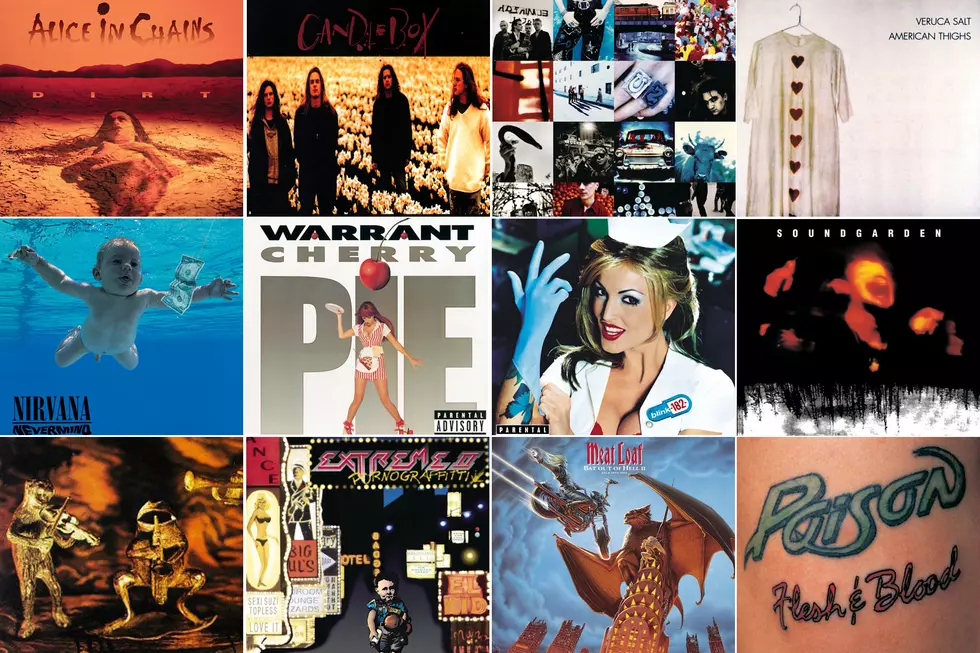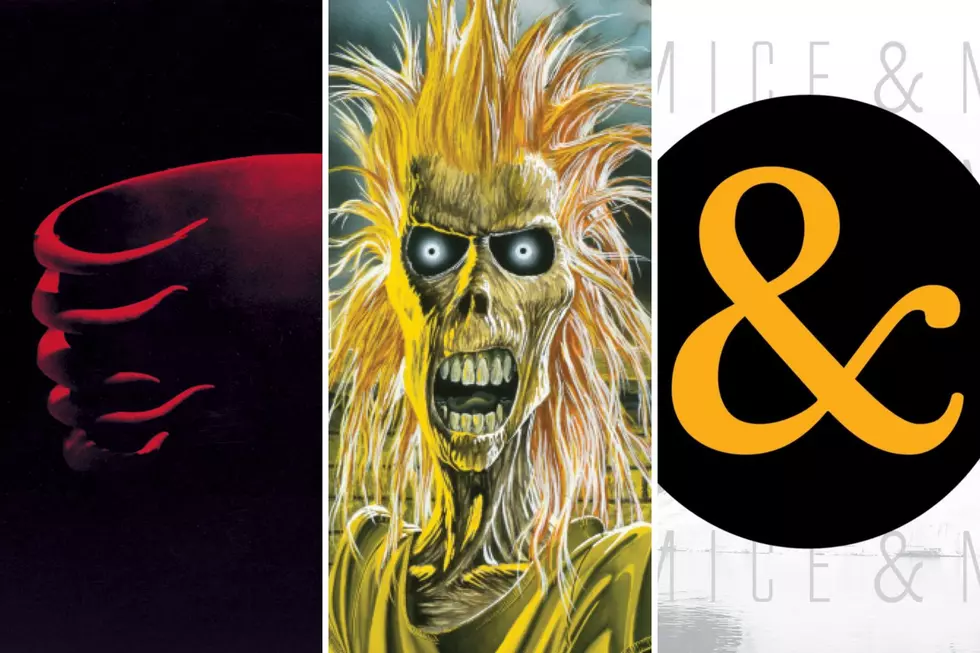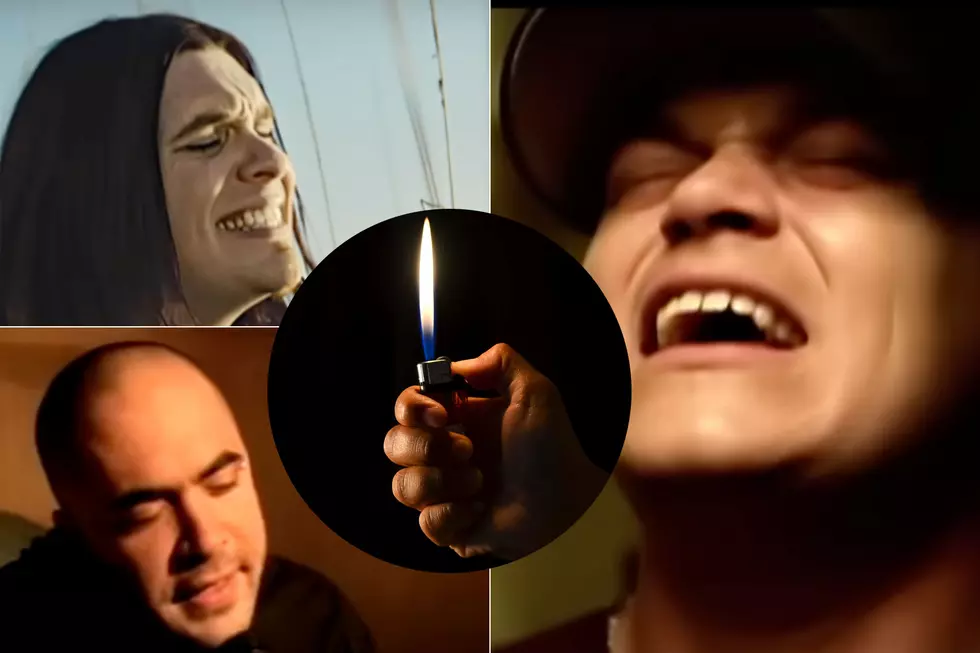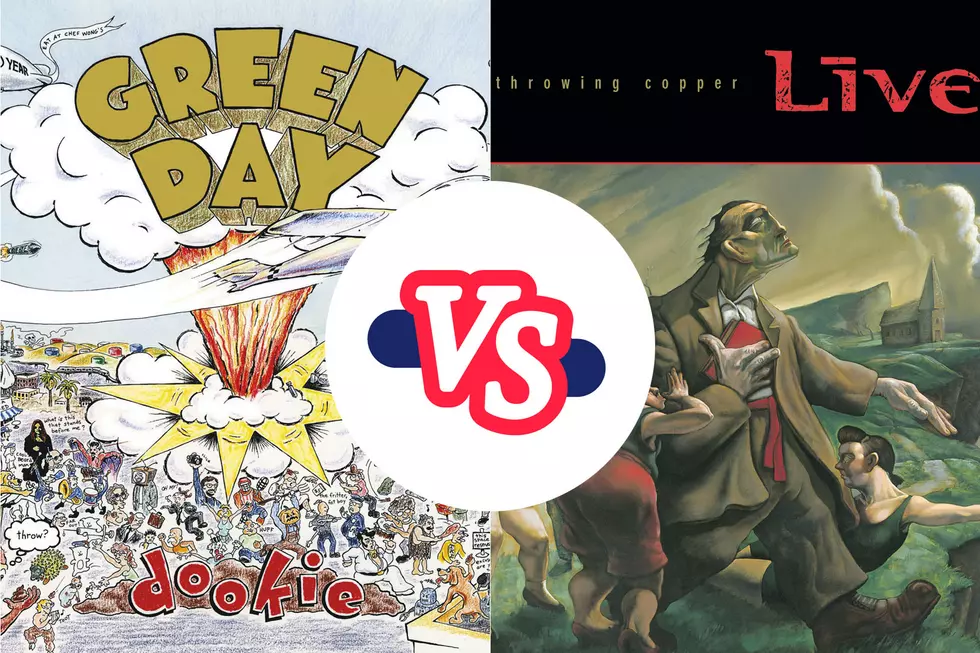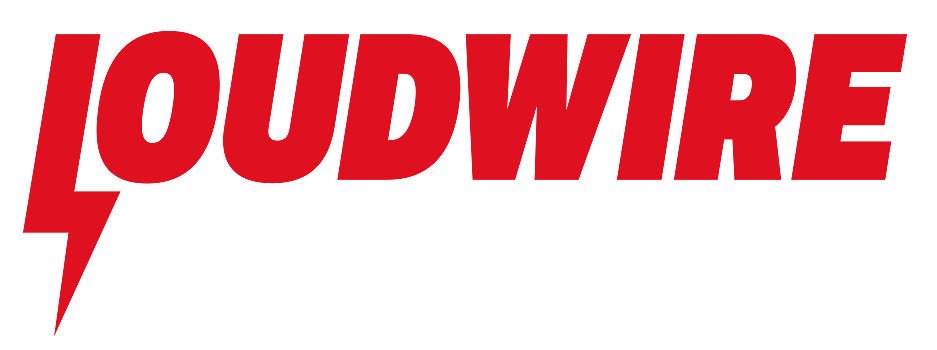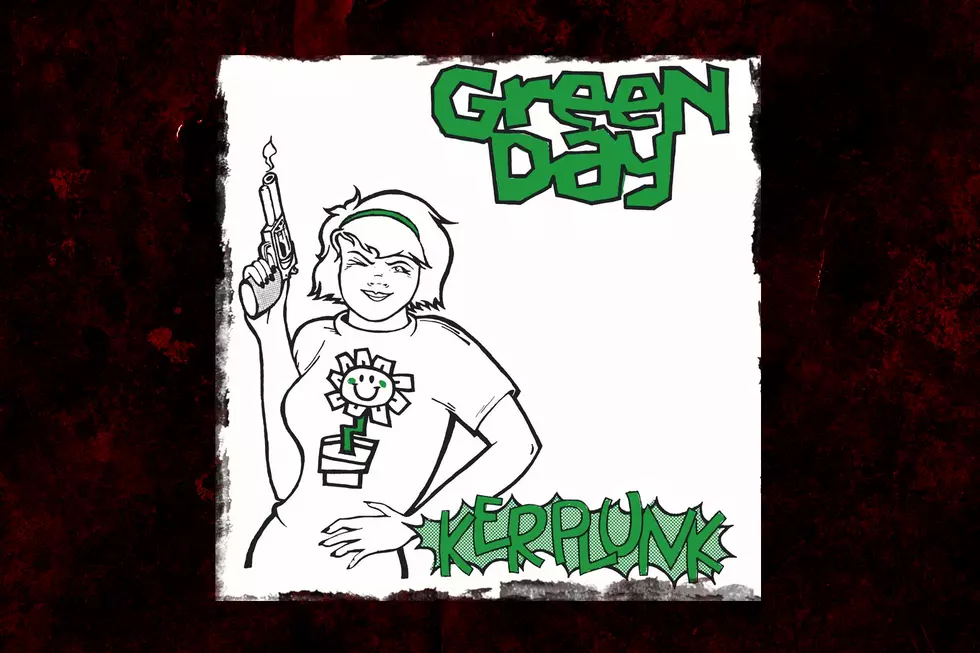
31 Years Ago: Green Day Take a Step Toward Success With ‘Kerplunk’
How do you get to the Rock and Roll Hall of Fame? Sure, talent factors into it, but there's also some hard dues paid by most bands who achieve any sort of success and you can count Green Day among those acts.
As teenagers, Green Day turned a few heads with their 1990 debut 39/Smooth, but these upstart rockers placed a big bet on themselves with their sophomore set, Kerpunk, and it paid off big time. According to Kjersti Egerdahl's Green Day: A Musical Biography, the band entered the Art of Ears Studio in San Francisco in May of 1991 ready to make the most of whatever success they had achieved so far and funnel it toward their future.
They teamed up with producer Andy Ernst and made the most of their limited studio time. 39/Smooth's modest success had allowed them to double their budget, but even at $2,000, that didn't buy much time. So they had two sessions in May to record, and went in for two more sessions in September to finalize the tracks for Kerplunk.
In the midst of all this, Green Day were also going through a lineup change. With drummer John Kiffmeyer not always available, they utilized the services of drummer Tre Cool and soon became close enough with the drummer that they felt a change was in order. Kiffmeyer would eventually move on from the band, though he is credited under his pseudonym Al Sobrante for four of the Kerplunk bonus tracks. With Cool in the fold, the band was finally settled, and he locked in with bassist Mike Dirnt in a relatively short amount of time. Cool even got in on the writing, being credited with the bizarre, country-ish album cut "Dominated Love Slave."
Green Day, "Dominated Love Slave"
Though Green Day were a relative unknown worldwide, that would change soon thanks to the band's DIY work ethic and the brilliant idea to build their audience while introducing themselves and the music to fans before the album was released. The band got mostly positive responses from fans at their native 924 Gilman Street club in the Bay Area, then branched out to the unknown.
Green Day — Live at 924 Gilman Street (1992)
The band scraped together enough money for a European tour, being wise about the low budget run. With Kerplunk not released yet and most of their business overseas being mail order, they smuggled in albums to sell for the trip. They also brought the photo negative for their t-shirts and silk-screen shirts for new fans and help finance continued touring. However, one thing they were not prepared for were audiences who tossed beer as a show of respect. This wreaked havoc on their instruments, occasionally leaving the band forced to borrow equipment to play. But it also was crucial in their development as a live band.
As frontman Billie Joe Armstrong stated in Green Day: A Musical Biography, "It made us a really good band, playing on different equipment and in different situations. I think it made us better because obviously there's a language difference and it meant we had to be more animated and project a bit more physically."
They also branched out stateside, leaving the comfy confines of California, packing things up into a converted bookmobile, and heading across country where they met up with an underground talent booker who started introducing them into several key East Coast clubs. So between the European tour and the East Coast trek, both on a relatively low budget, the band's bet on themselves paid off. Coinciding with the release of Kerplunk on Jan. 17, 1992, the band started to see interest and word of mouth spread, both amongst new fans who had discovered the band and with critics and record labels starting to pay attention.
Green Day, "2000 Light Years Away"
Though Kerplunk really had no singles, over time fans came to embrace "2000 Light Years Away" and "Christie Road" as the breakout songs from the disc. "2000 Light Years Away" was inspired by Billie Joe Armstrong's then girlfriend Adrienne Nesser, who would later become his wife. Though a love song about missing Nesser, the track is anything but a ballad, with Dirnt's present bass-line and the toe-tappingly catchy guitar and drums of Armstrong and Cool making it an upbeat rocker. Meanwhile, "Christie Road" is more of a chugging rocker that also became a favorite over time.
Green Day, "Christie Road"
Another notable track on Kerplunk is an early version of "Welcome to Paradise," a song that would be re-recorded and became a huge hit for Green Day on their third studio album Dookie. One of the interesting notes about the recording of the song is that Tre Cool wrote the guitar part, while Armstrong focused on writing for the drums. The track was penned about their Oakland digs, living in a warehouse with artists, musicians and punks. Cool stated, "It's like, 'Everything sucks but we're having fun anyway.' We'll look you in the eye and still smile, even if horrible things are happening."
Other favorites from the disc include "Who Wrote Holden Caulfield?," a track inspired by the frustration of forgetfulness and trying to find motivation; "80," a relationship oriented rocker with a killer Dirnt bass line and the coming of age song "One of My Lies."
Though the disc failed to crack the Billboard 200 album chart, it did essentially pave the way for future success. The word of mouth spread quickly on Green Day after the release of Kerplunk, with major labels knocking at their door and fans embraced the album so much that it has achieved platinum status while becoming one of the best selling independent albums of all-time.
As we now know, Green Day would go on to sign with Reprise, their next album Dookie would become a diamond certified classic and they would dominate the airwaves for years to come, but it was Kerplunk that really opened the doors for all of that to happen.
Top 25 Punk Albums of All-Time
More From Loudwire
